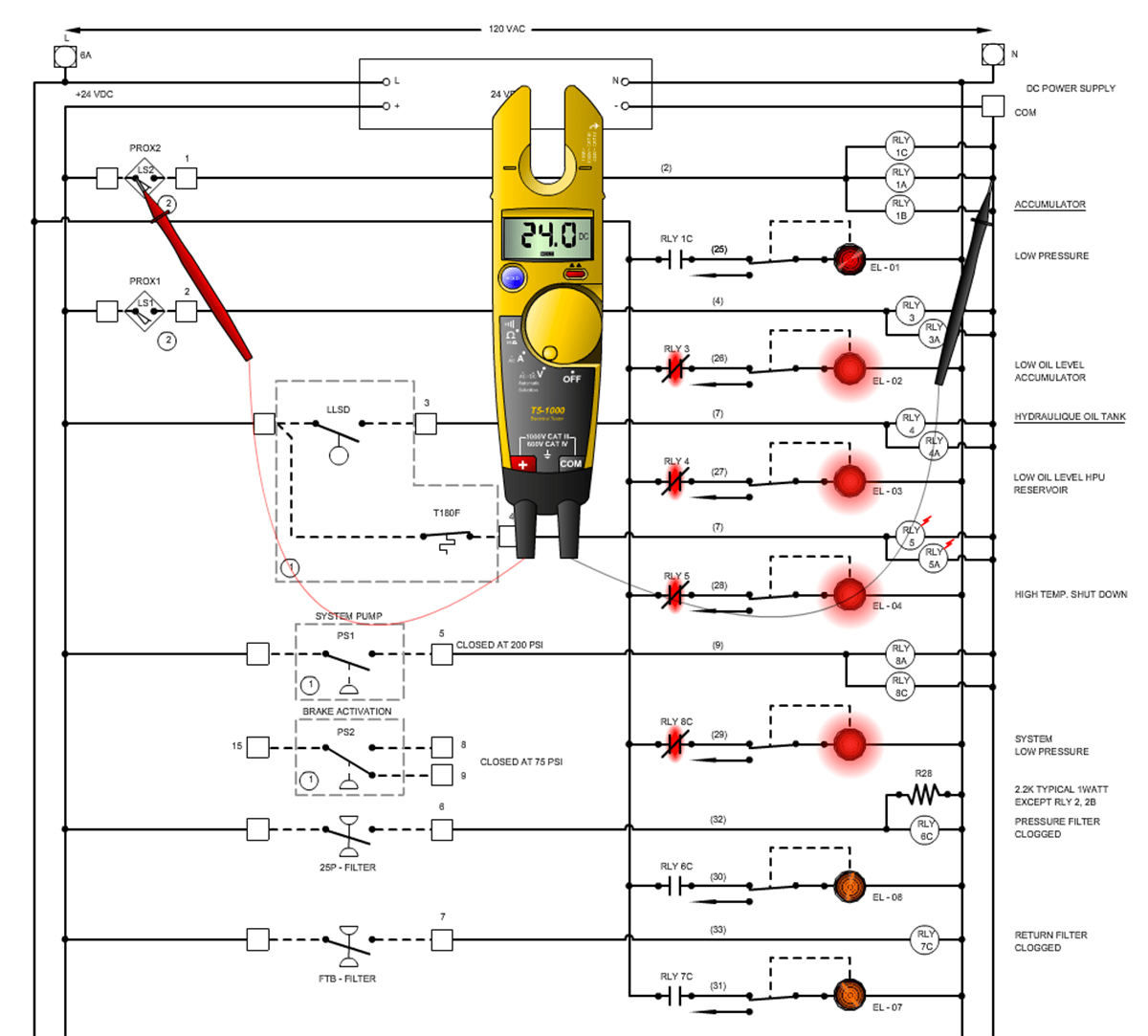Improve performance with specialized mechanical system optimisation support.
Wiki Article
Top Tips for Effective Electrical System Troubleshooting
Fixing electrical systems needs a methodical approach, grounded in a thorough understanding of electrical concepts and safety protocols. By acquainting oneself with circuit elements, making use of vital devices, and sticking to an organized assessment method, specialists can successfully recognize and resolve issues. Nonetheless, the nuances of effective fixing prolong past mere technological knowledge; understanding how to record findings and focus on security can dramatically affect results. As we discover these important components better, it ends up being clear that understanding this process is not simply beneficial but crucial for success in the area.Understand the Basics
Recognizing the fundamentals of electrical systems is necessary for efficient troubleshooting, as a solid structure enables technicians to diagnose and resolve concerns much more efficiently. An extensive grasp of electric concepts, such as voltage, current, resistance, and power, is important in determining the origin triggers of troubles. Voltage is the electric possible difference that drives existing via a circuit, while resistance opposes the flow of present, impacting the total functionality of the system.Familiarity with circuit components, consisting of resistors, capacitors, diodes, and switches, is also critical. Each part plays an unique duty in circuit habits and can impact efficiency when malfunctioning. Furthermore, understanding collection and identical circuit setups is vital, as these setups influence the circulation of voltage and existing within the system.
Service technicians must be conscious of prospective dangers, such as shock and brief circuits, to apply risk-free troubleshooting practices. By understanding these foundational principles, professionals boost their ability to carry out effective diagnostics and repair work, ultimately leading to boosted efficiency and dependability of electrical systems (electrical system troubleshooting).
Gather Necessary Devices
Efficient troubleshooting of electric systems requires the appropriate collection of tools to identify and settle problems precisely. Essential devices consist of a multimeter, which measures voltage, current, and resistance, enabling for specific evaluations of electrical components.In addition, insulated hand tools such as screwdrivers, pliers, and cable strippers are essential for securely manipulating electrical connections. It is also a good idea to have a circuit tester on hand to validate the presence of voltage in outlets and cables. For even more complex systems, a thermal imaging cam can aid discover overheating parts, indicating potential failures.

Follow a Systematic Approach
Having actually collected the appropriate tools, the next action in fixing electric systems is to comply with a methodical technique. A systematic strategy ensures that specialists can identify mistakes effectively and accurately, minimizing downtime and avoiding unnecessary repairs.Begin by evaluating the system's schematic representations and specs. This involves monitoring each element methodically, beginning from the power source and functioning towards the lots.
Utilize screening equipment, such as multimeters and oscilloscopes, to collect unbiased data concerning voltage, current, and resistance at numerous points within the system. This empirical evidence will certainly guide your troubleshooting more efforts and assist to validate or eliminate possible sources of failing.
Additionally, take into consideration environmental aspects that may affect the system's efficiency, such as temperature variations or dampness ingress. A comprehensive assessment of circuitry, connections, and elements will make sure that all opportunities are accounted for.
Record Your Searchings For
Complete documents is vital in the repairing procedure of electrical systems. Precise documents improve the efficiency of determining recurring issues and assist in interaction among team members. Each searching for ought to be diligently noted, including signs and symptoms observed, examinations conducted, and the click here for info outcomes of those tests. electrical system troubleshooting. This method not just help in understanding the root cause of the trouble but additionally works as a recommendation for future repairing initiatives.
Additionally, keeping a log of components replaced or repair work carried out is vital. This info supports supply administration and can help assess the long life and integrity of details parts.
Eventually, the documents process need to be extensive yet succinct, allowing simple retrieval and testimonial - electrical system troubleshooting. By focusing on detailed documentation, service technicians can create a useful understanding base that not only aids in current troubleshooting yet likewise encourages future upkeep initiatives, thus enhancing general system dependability

Prioritize Safety Actions
Identifying the inherent risks associated with electrical systems is essential for making sure safety during troubleshooting. Electric shock, burns, and tools damage are just a few of the prospective risks that check it out professionals encounter. Prioritizing safety and security procedures is not just a lawful obligation yet additionally an ethical essential that safeguards both the service technician and the surrounding atmosphere.Prior to commencing any kind of troubleshooting job, service technicians ought to wear appropriate personal safety tools (PPE), including insulated handwear covers, security glasses, and flame-resistant apparel. Guaranteeing that the workspace is dry and free of clutter can substantially lower the danger of mishaps. Additionally, it is vital to de-energize circuits prior to beginning any work, confirming that they are not live with the usage of a multimeter or voltage tester.
Developing clear interaction procedures with staff member is likewise essential; this ensures that every person understands potential dangers and the condition of the electrical system being dealt with. Having an emergency situation feedback plan in place can confirm important in the event of an occurrence. By focusing on precaution, specialists can successfully alleviate dangers and promote a much safer work environment.
Final Thought
Effective electric system fixing depends on an extensive understanding of basic principles and a systematic approach. Prioritizing safety procedures makes certain the health of people entailed and the stability of the electrical system.Report this wiki page